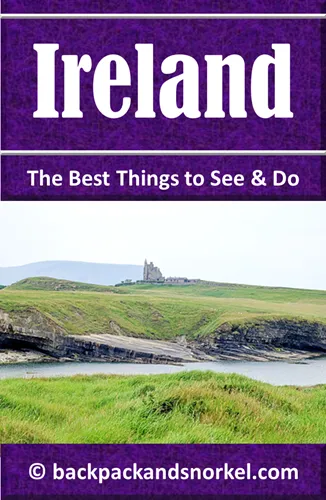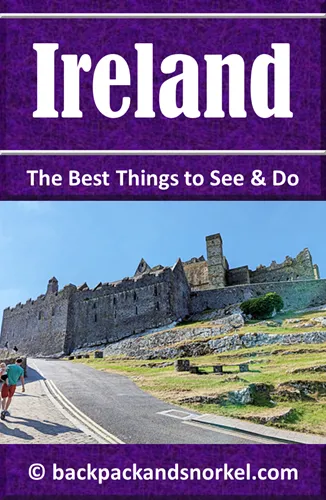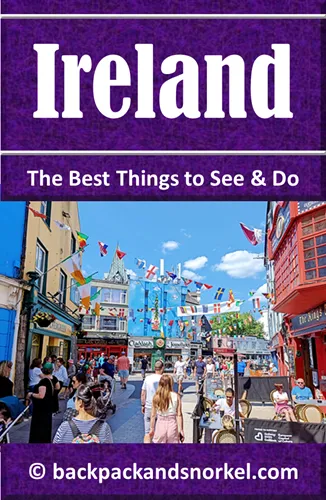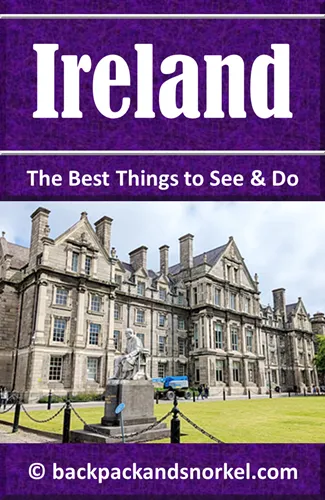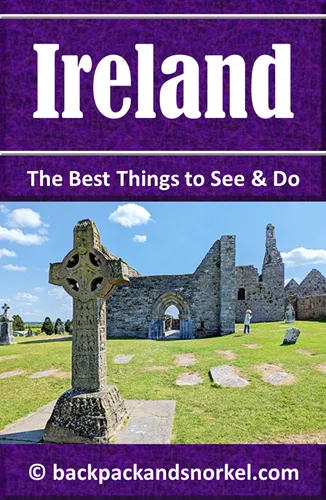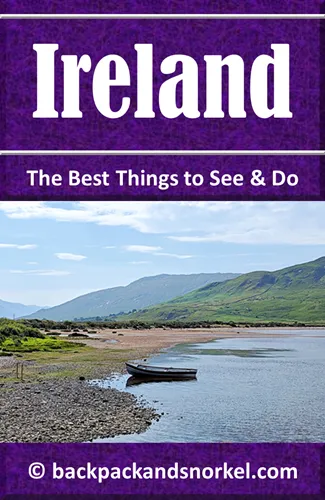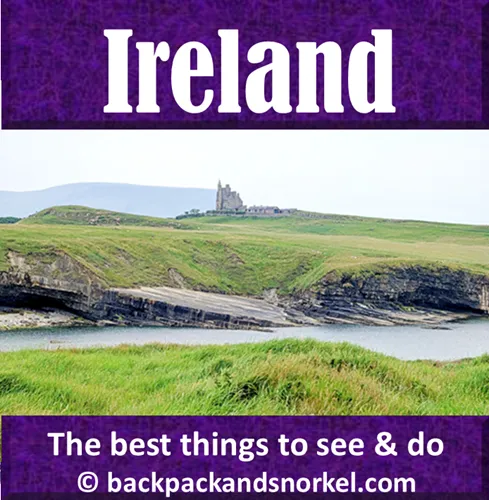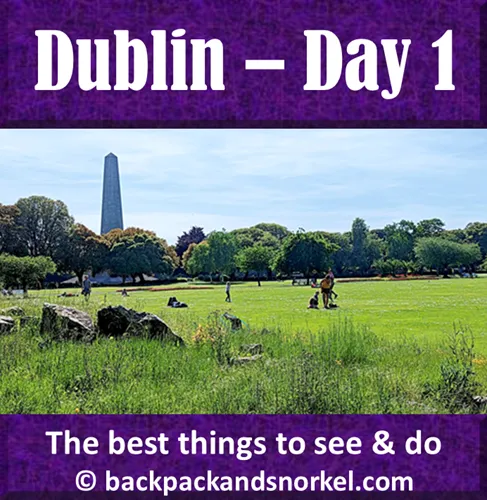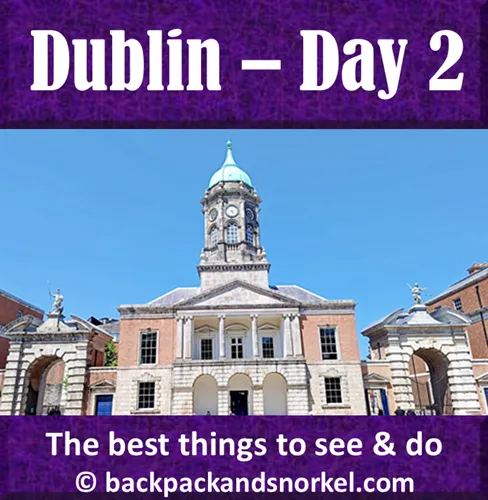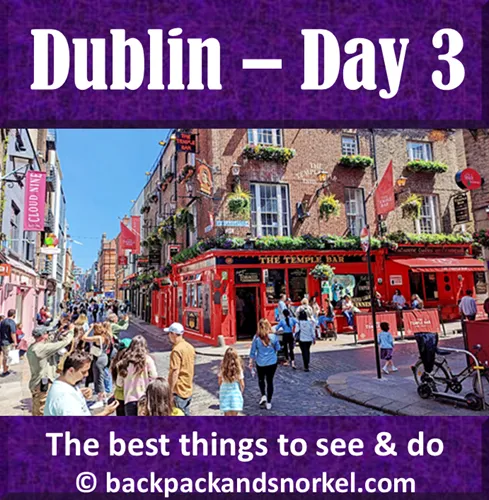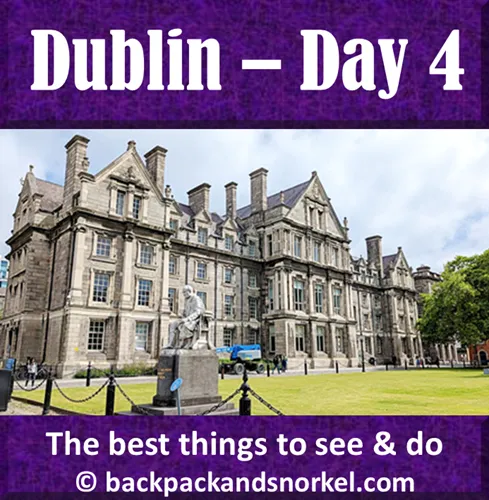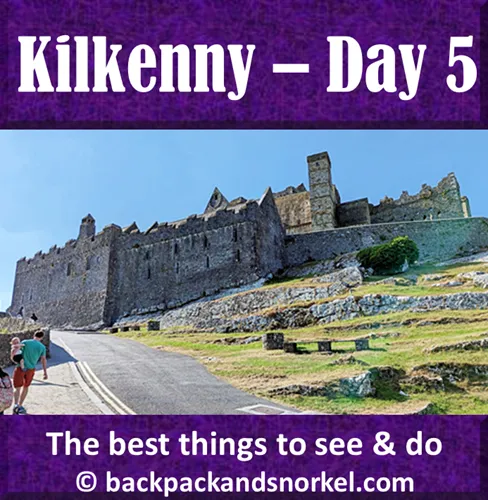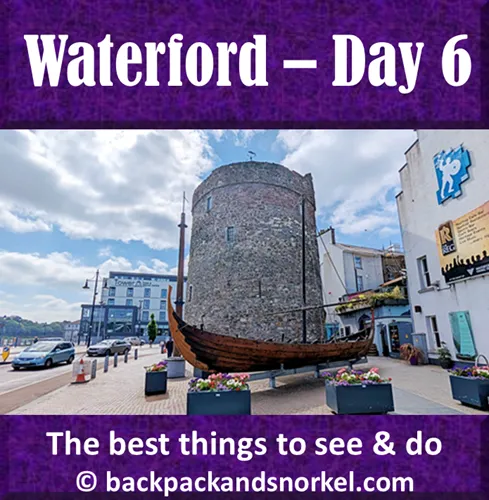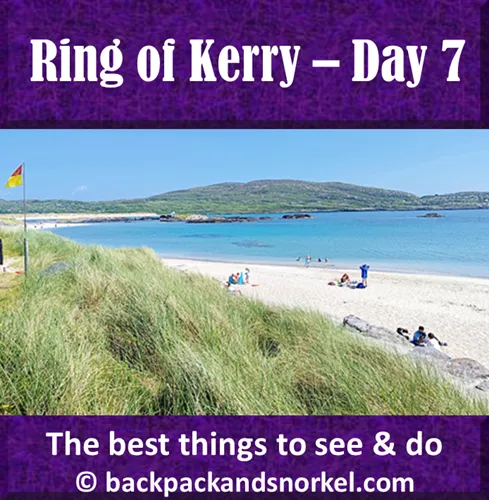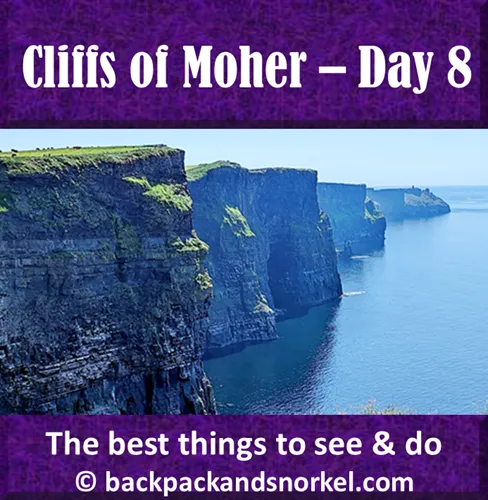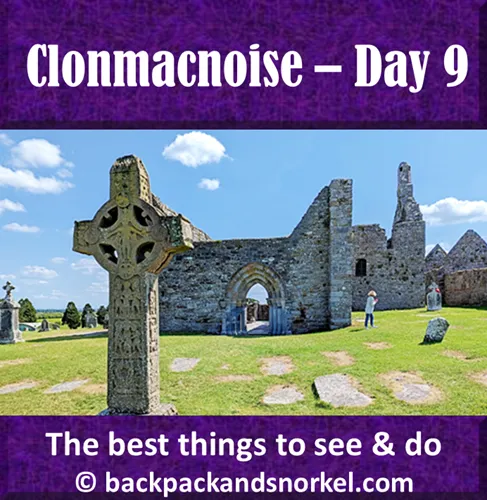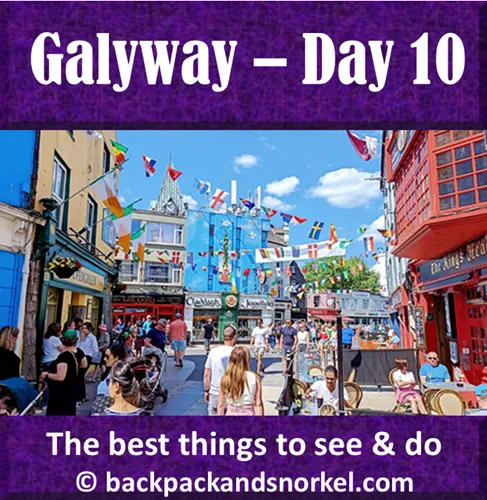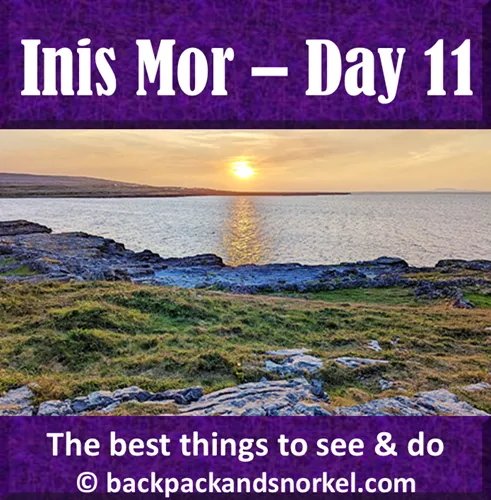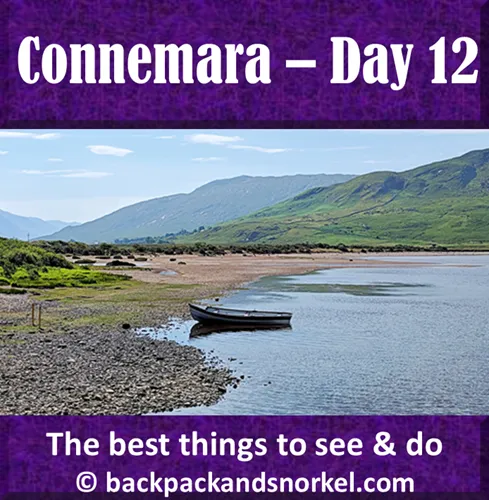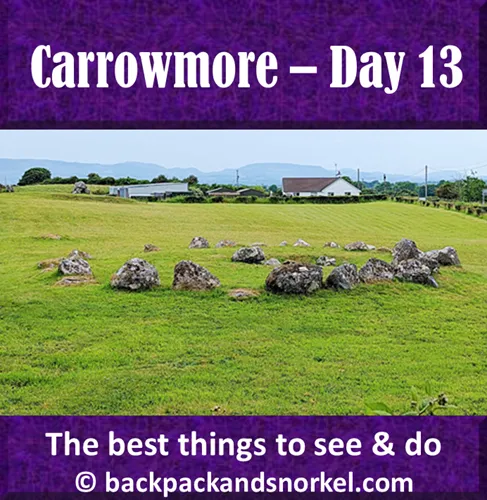Backpack and Snorkel Travel Guide for the First Day in Dublin in Ireland - Ireland Purple Travel Guide
On your first day in Dublin, there is a good chance that you will be tired and exhausted - take it slow and have a relaxing afternoon in one of Dublin’s most beautiful parks. We provide detailed information and the best things to see and we show lots of photos so you know what you can expect.
Established by the Gaels during or before the 7th century, Dublin is the capital and largest city of Ireland with a population of 1.26 mio in the greater metropolitan area.
The word Dublin comes from the Irish word Duibhlinn, with ‘dubh’ meaning ‘black, dark’, and ‘linn’ meaning ‘pool’. ‘Dark Pool’ refers to a dark tidal pool at castle gardens near of Dublin Castle that was located where River Poddle flowed into River Liffey.
Due to its long history, Dublin has lots of interesting sights and museums.
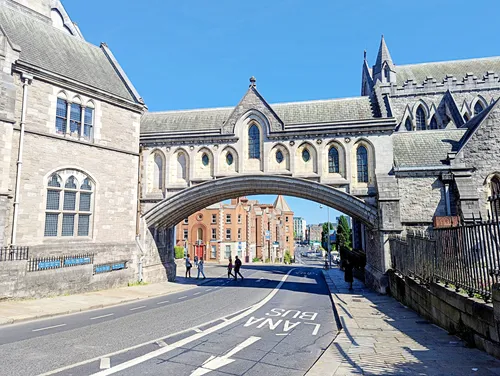
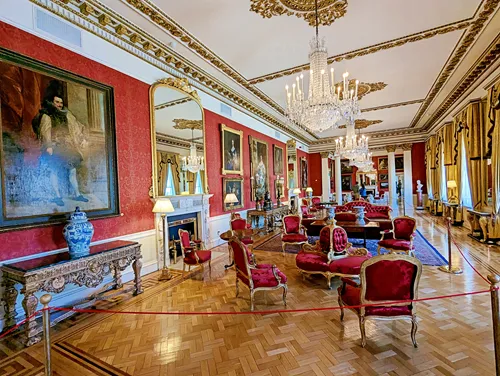
Where to stay in Dublin
Many of the touristic highlights of Dublin are located in downtown Dublin. Much of the downtown area, however, is closed private cars. We recommend staying near a bus station, as Dublin has excellent public transportation.
Phoenix Park
Phoenix Park is a 1,750 acre (707 hectare) recreational park with large grassland areas and tree-lined roads outside of Dublin’s busy downtown area.
The name Phoenix Park comes from the Irish word fhionnuisce, which means clear or still water.
In 1662, the Duke of Ormond built a royal hunting park with pheasants and wild deer in what is now Phoenix Park. Some of the deer that you may see in the park are said to be descendants of the original herd of wild fallow deer.
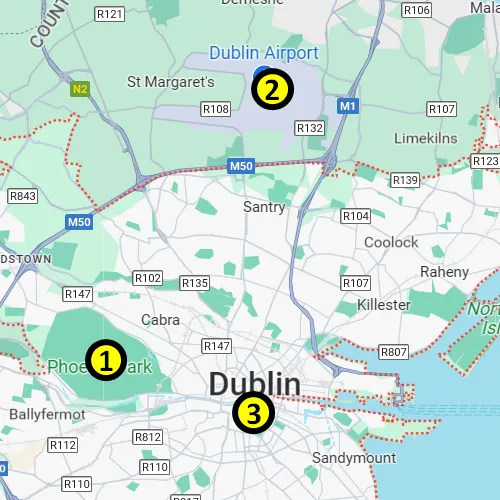
1 = Phoenix Park
2 = Dublin Airport
3 = downtown Dublin
The park is home to some notable sights:
- Áras an Uachtaráin is the official and private residence of the President of Ireland. The property is open for free 75 min tours almost every Saturday and is first-come-first-served. At the time of writing, tours depart the nearby Phoenix Park Visitor Centre (map) at 10am, 11:15am, 12:30pm, 1:45pm and 3pm.
Built sometime between 1751 and 1757 by park ranger and amateur architect, the house was purchased in the 1780s by the British Crown and used as a summer residence of the Lord Lieutenant of Ireland. In 1911, the building was extended and used until 1932 and then stood empty for six years. In 1938, plans were made to build new presidential palace and the first President of Ireland moved in with the goal to later move into the new palace. History, however, had other plans. World War II broke out and the plans were put on hold. In 1945, the building had become synonymous with the residency of the President of Ireland and thus, plans for the new presidential palace were scrapped. The existing building was renovated and since then Ireland’s Presidents have resided either in the original house or the 1911 addition.
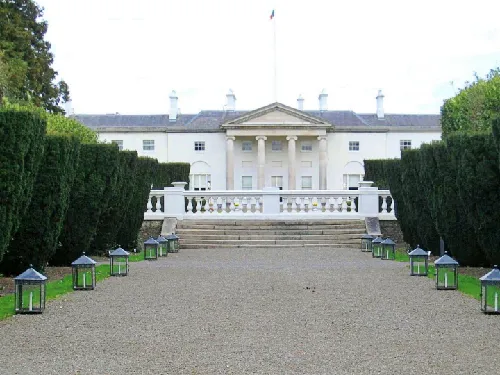
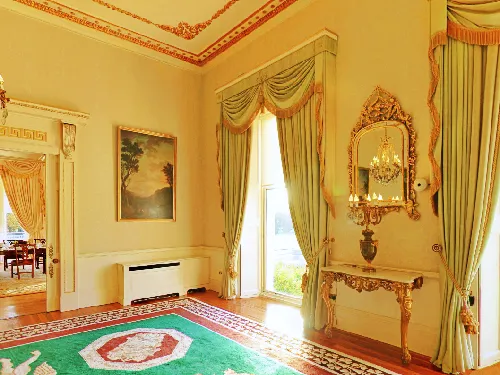
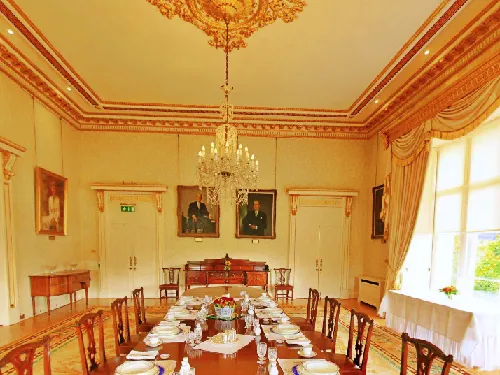
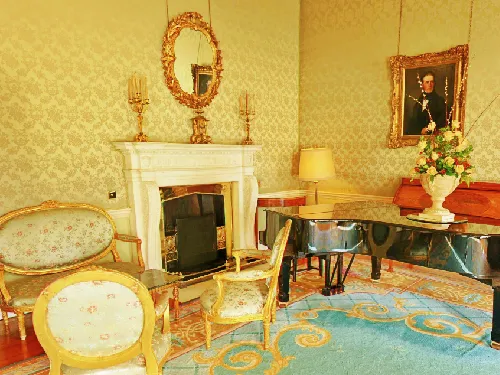
- Dublin Zoo is one of the top attractions in Dublin. Its mission is to ‘work in partnership with zoos worldwide to make a significant contribution to the conservation of the endangered species on Earth’. The zoo opened in 1831, covers 69 acres (28 hectares) and welcomes over 1 million visitors per year. In 1840, the park housed 46 mammals, and 72 birds and today it has more than 600 animals in different habitats like the Himalayan Hills, Wolves in the Woods, the African Savanna, Kaziranga Forest Trail, South American House, Zoorassic World, Gorilla Rainforest, Orangutan Forest, Sea Lion Cove, and Family Farm.
At the time of writing, the zoo is open daily from 9.30am – 5.30pm and admission is €22.50 per adult or €19 per adult when the ticket is purchased on their website. Discounts for children and families are available. - Wellington Monument: 203 ft (62 m) tall, the Wellington Monument is the tallest obelisk in Europe. It commemorates the 1st Duke of Wellington (1769-1852) who was one of the leading military and political figures of England in the 19th-century. He served twice as British prime minister and was one of the commanders who defeated Napoleon at the Battle of Waterloo in 1815.
Construction of the monument started in 1817, but funds ran out in 1820 and it took until 1861 that the granite monument was finally finished. Originally, there were plans for a statue of Wellington on horseback on top of the monument, but there were no funds left for that.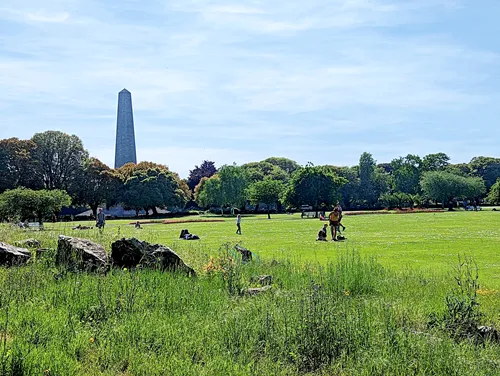
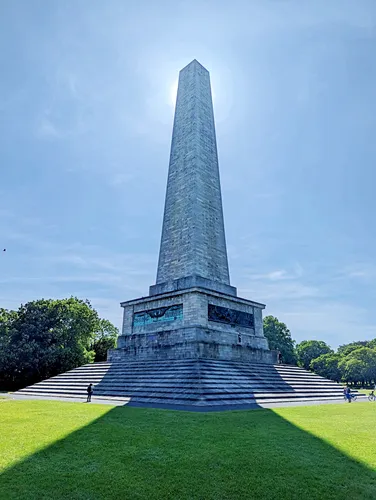
- Magazine Fort: After years of neglect, the Magazine Fort is now closed to the public, but you can still walk around the defensive walls.
Built from 1734-1735 on the site of the existing Phoenix Lodge in an impoverished Dublin instead of in a nearby existing earthwork star fort, the gunpowder magazine construction prompted satirist Jonathan Swift to write: ‘Now's here's a proof of Irish sense, Here Irish wit is seen, When nothing's left that's worth defence, We build a Magazine’.
The fort covers about 2 acres and has 5 ft (1.5 m) thick walls. It was turned over from the British Armed Forces to the Irish Defence Forces in 1922 after the Anglo-Irish Treaty and then operated by the Irish Army until 1988, when it was closed and turned over to the civilian Office of Public Works (OPW).
The fort was raided twice:
- 1916: during the Easter Rising, the Irish nationalist youth organization Fianna Éireann raided the fort and seized the arms. They then tried to blow up the magazine, but the fuses burned out before reaching the ammunition and no further damage was done.
- 1939: During the ‘Christmas Raid, the Irish Republican Army seized the weapons in the magazine and more than one million rounds of ammunition, but much of it was later recovered.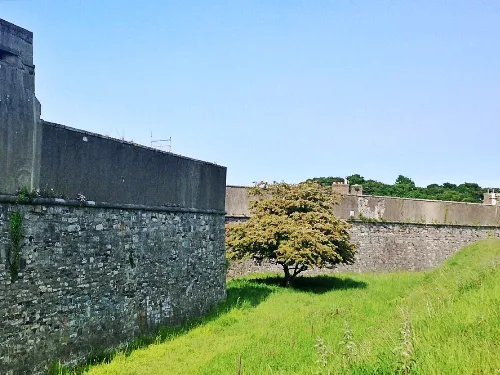
- Papal Cross: The 115 ft (35 m) tall cross was erected in 1979 for an outdoor mass given by Pope John Paul II. During the last day of his Ireland visit in 2018, Pope Francis celebrated a mass here.
- U.S. Ambassador's Residence - Deerfield Residence: Built in the late 1700s as the Irish Chief Secretary's Dublin residence, the building serves as the official residence of the US Ambassador to Ireland since 1927. It was also the Embassy of the United States in Dublin until the early 1960s. In 2013, the Irish government sold the Deerfield House, including the acre of land on which the building sits, to the US government.
The building is closed to the public.
Some US presidents have stayed here during their Ireland visits (John F. Kennedy, Richard Nixon, Bill Clinton, Joe Biden), while others stayed elsewhere for security reasons (Ronald Reagan, George W. Bush, and Barack Obama). - Farmleigh House & Estate is the official Irish state guest house. Among others, it has housed Queen Elizabeth II, British Prime Minister Tony Blair, and US President Joe Biden.
Built in the mid-18th century, it was purchased in 1873 by Edward Guinness, a great-grandson of Arthur Guinness who founded the Guiness brewery, who undertook extensive expansion and renovations. The Irish government purchased the estate in 1999 and converted it into the Irish state guest house that you see today.
At the time of writing, the gardens are open every day and free to visit. The house can only be visited by 50 min guided tours for €8 per adult.
Irish Pub
After you had a relaxing afternoon in Phoenix Park, find an Irish Pub near your hotel with or without live music and have some Irish food.
We particularly liked Irish Stew, but our suggestion is: try something on the menu that you have never heard of and, of course, have some Irish beer.
On many menus you will find Rocket Salad. In the US, it is called Arugula Salad.
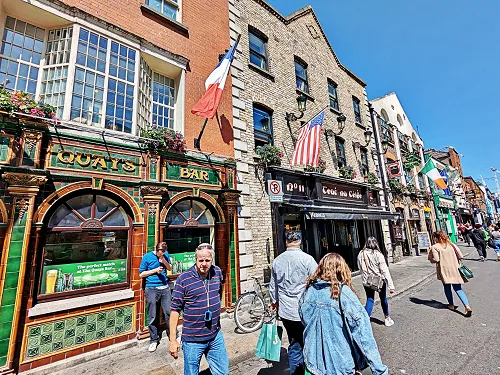
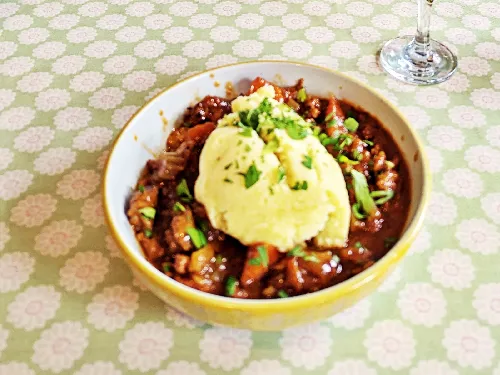
Where do you want to go now?
Author: Rudy at Backpack and Snorkel
Bio: Owner of Backpack and Snorkel Travel Guides. We create in-depth guides to help you plan unforgettable vacations around the world.
Other popular Purple Travel Guides you may be interested in:
Like this Backpack and Snorkel Purple Travel Guide? Pin these for later:
